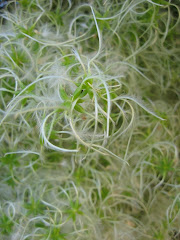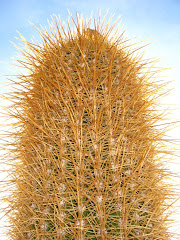 The cajòn (said, cu-hown) peruano is an instrument that has developed over the years since African slaves were brought to Peru. When the slaves arrived, they had no musical instruments which is problematic in a culture that relies so much on music. So what did they do? They started using whatever they could find in order to make music. Originally they used giant pumpkins or fruit crates as drums. The crates eventually developed into what is known today as the cajòn (literally, "drawer" in English); a very diverse instrument with a really beautiful sound, that to most people looks like an ordinary box with a hole in the back. In Peru, the cajòn is used mostly in two types of music: creole (mix of European and African) music like the Peruvian waltz and Afro-Peruvian music with rhythms such as Landò and Festejo. Festejo is always accompanied by a happy, flirtatious dance (between men and women) that involves a lot of exaggerated hip moments and shoulder shakes. (Ask Laura for a demonstration when she gets back!)
The cajòn (said, cu-hown) peruano is an instrument that has developed over the years since African slaves were brought to Peru. When the slaves arrived, they had no musical instruments which is problematic in a culture that relies so much on music. So what did they do? They started using whatever they could find in order to make music. Originally they used giant pumpkins or fruit crates as drums. The crates eventually developed into what is known today as the cajòn (literally, "drawer" in English); a very diverse instrument with a really beautiful sound, that to most people looks like an ordinary box with a hole in the back. In Peru, the cajòn is used mostly in two types of music: creole (mix of European and African) music like the Peruvian waltz and Afro-Peruvian music with rhythms such as Landò and Festejo. Festejo is always accompanied by a happy, flirtatious dance (between men and women) that involves a lot of exaggerated hip moments and shoulder shakes. (Ask Laura for a demonstration when she gets back!) Another instrument that developed in the same way as the cajòn is the "cajita" (in English "little box") which is in fact, exactly what it sounds like. This instrument, like the cajòn, was developed from a household item.
Another instrument that developed in the same way as the cajòn is the "cajita" (in English "little box") which is in fact, exactly what it sounds like. This instrument, like the cajòn, was developed from a household item. Probably the most surprising is the "quijada de burro", (donkey`s jaw bone). This instrument is used by striking the wide end of the jaw with the side of your fist. It has a really unique sound. (Do you think I could get one of these through customs?)
Probably the most surprising is the "quijada de burro", (donkey`s jaw bone). This instrument is used by striking the wide end of the jaw with the side of your fist. It has a really unique sound. (Do you think I could get one of these through customs?)If you're interested in Peruvian music look for Eva Ayllòn, currently one of the most popular Peruvian artists (mine and Laura`s personal favorite). She now lives in New Jersey.














That's not what Cajon means..... ;0
ReplyDelete-Greast